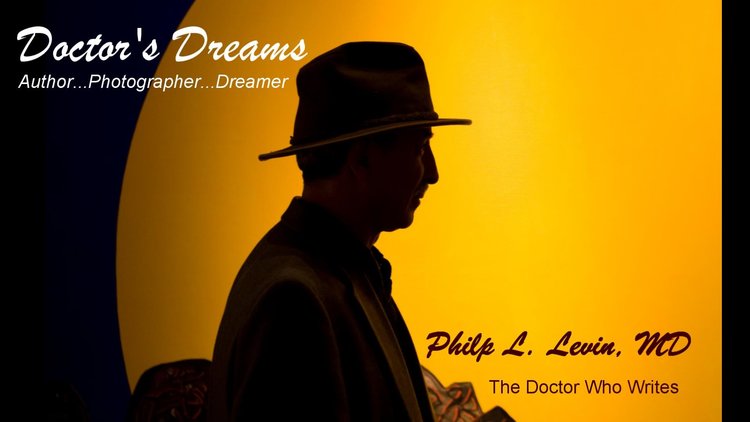In my childhood Little Red Riding Hood golden book, Little Red enters her grandma’s house to find the wolf dressed in grandma’s clothing, including nightgown, puffy nightcap, and, strangely, round-rim glasses. Little Red sees through the deception right away, noting grandma’s sudden development of big ears, big eyes, and, most dangerous, the big teeth.
Invention: Americans like to credit Benjamin Franklin with the invention of glasses, and it’s half true … that is, he created bifocals. However, as far back as the 1st century Romans used magnifying glasses, and the first wearable glasses date to 13th century Italy. These looked like the classic opera glasses, two round lenses with thin rims held by a rod in front of the eyes. It wasn’t until the 18th century that glasses came with “temples,” those legs that hook around the ear. However, their cost of production limited their availability to the nobility, thus social status symbols.
Availability: Nowadays, of course, everyone has glasses. Heck, I buy my reading glasses by the half dozen at Everything’s a Dollar. However, prescription lenses offer a more difficult acquisition path. The wearer must obtain a prescription from an optometrist, and then go into a frame shop, try on several, have the lenses cut to shape, and return to the store to receive them. This method requires transportation and money and proximity to a lens store.
Innovation: In 2010 a group of students at U of Penn decided to create an alternative pathway to obtaining prescription glasses. Riding the innovative wave of the Internet, they created Warby Parker, offering direct sales to consumers of their personally designed low-cost frames and eyeglasses. They provide information through their website and social media networking. For every pair of glasses they sell, they give away a pair, more than five million by 2019.
Ecommerce. What impressed me about this story is how social media has changed our world, offering opportunities for a niche company to reinvent a centuries-old product distribution change. Obviously, there are even greater success stories in ecommerce, such as Amazon and Google. Ecommerce has made a huge difference in everyone’s life. Heck, I remember when I had to go to a travel agent to buy an airline ticket. Had to do it! Now, click, click.
How they make it work. How did Warby Parker get so successful? They recognized they had to change the perception of people used to walking into stores to get glasses. With blogging and a free “Five-glasses-to-try-at-home” program, they invited wary customers into their lair. This reduced what dissonance consumers might have had for switching from their reliable and long-time used sources, both due to price and the convenience. Do customers care about the one-to-one give away to poor people? Yeah, I think that’s nice … the type of thing that a Whole Foods shopper would smile upon.
Why do I care? I don’t even WEAR prescription glasses. I’ve had a website www.Doctors-Dreams.com selling my books online for ten years. In that time, my website has sold thirty-five books, fewer than four a year. I blog, I tweet, I Linkin, and I Facebook. I’ve known people who have sold 60,000 copies of their e-books through Social Media. I’m at like, 100 copies. Maybe.
Social Media Class. I’m taking a Social Media course so I can be the next King of the Eyeglasses Guy. I don’t have my hopes very high. People need glasses. They don’t need books. Still. I love to tell stories, and one about a group of successful students creating a business is fun to study, even if it never leads me to more sales. If you want, please subscribe to my blog or follow me on Twitter. Both embedded links are on the sidebar to your right. https://twitter.com/PhilipLLevin
